Percussion instruments are the heart and the soul of the orchestra. The family of percussion instruments can include any instrument that has the capability to make different sounds when shaken or even scraped. Moreover, it is not easy to be a percussionist as it takes a lot of practice and hard work to play an instrument with an accurate amount of strength at the right time. There are some percussion instruments that are finely tuned and they can make different sound effects and sound notes, such as a xylophone, timpani, or a piano. And then there are some instruments that are untuned with no proper pitch, such as a bass drum, cymbals, and castanets.
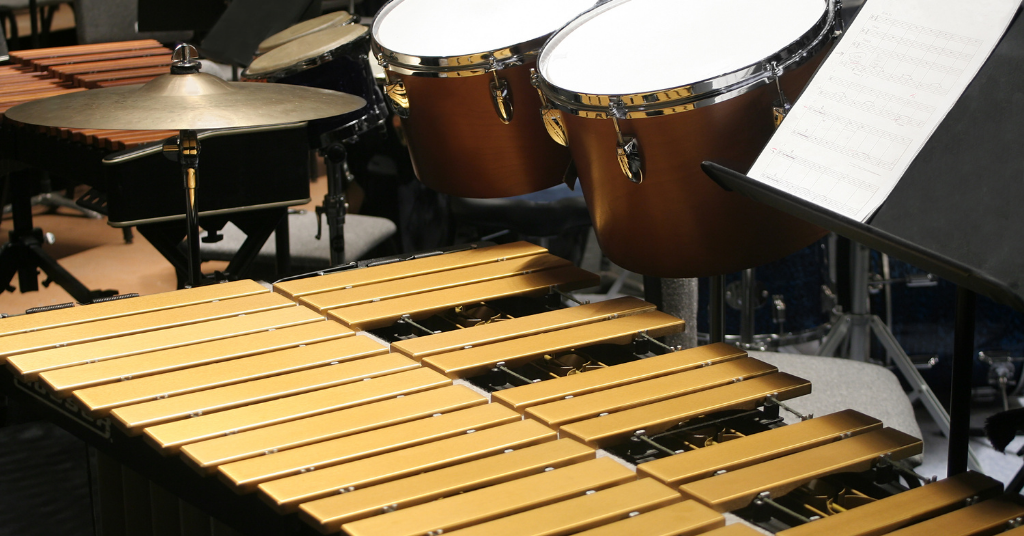
The family of percussion instruments is popular because they are able to keep the flow of the rhythm, make special sound effects, and add a tinge of excitement and color to the overall musical experience. When compared to musicians in an orchestra, a percussionist will play different instruments in just one piece of music. You can explore some of the most common members of the family of percussion instruments including the timpani, xylophone, cymbals, triangle, snare drum, bass drum, chimes, celesta, gongs, and piano. With this basic knowledge in mind, now let’s take a look at the percussion instruments list and get to know each and every instrument in depth.
Related Article: Why Should Your Child Learn Hindustani Classical Music?
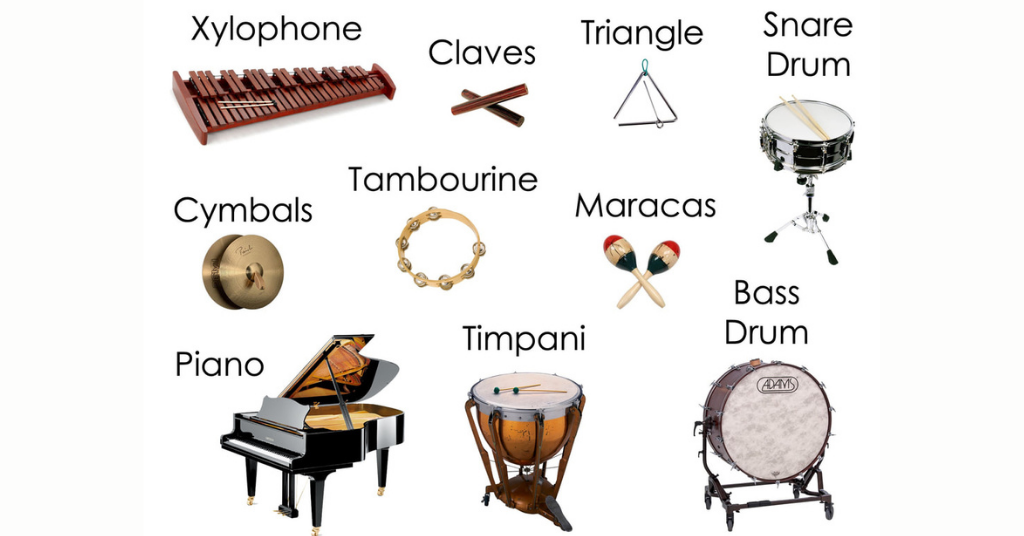
A Comprehensive List of the Percussion Instruments
1. Timpani
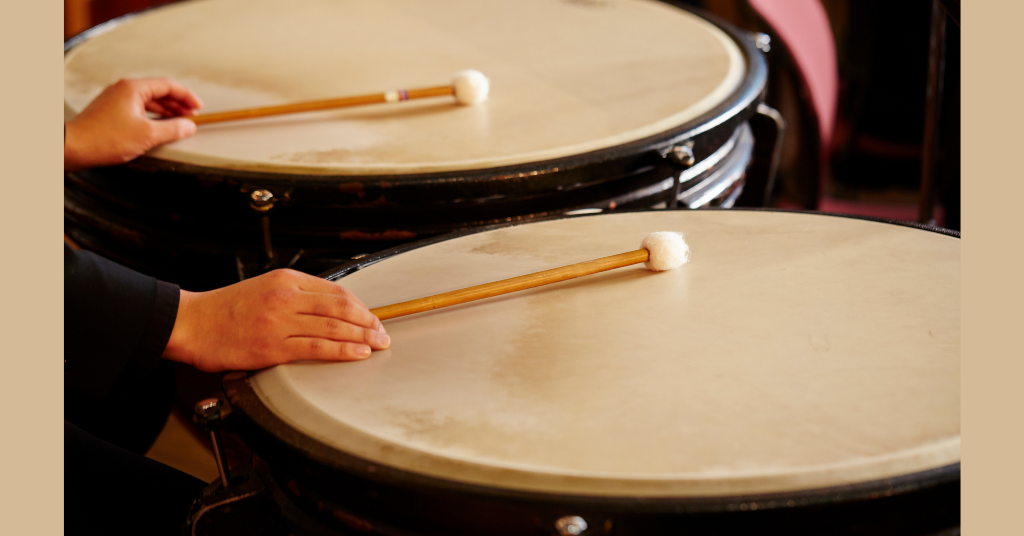
A Timpani looks like a big polished bowl, and that is the reason that they are also known as kettledrums. They are big copper pots and their drumheads are made of plastic which is stretched over their tops. As already mentioned above, the timpani is a tuned instrument, this means that it can be played on different tunes and notes. A person who is well versed in playing the instrument of timpani can easily change the pitch by stretching or loosening the drumheads, as they are attached to the foot pedal.
A timpani is the main attraction of the percussion family because they are able to support the rhythm, melody, and harmony of the overall musical experience. Most of the orchestras have 4 timpani and they are also tuned to different pitches. A timpani player must have excellent listening skills as they are required to change the pitches of the drums during the ongoing performances.
2. Xylophone
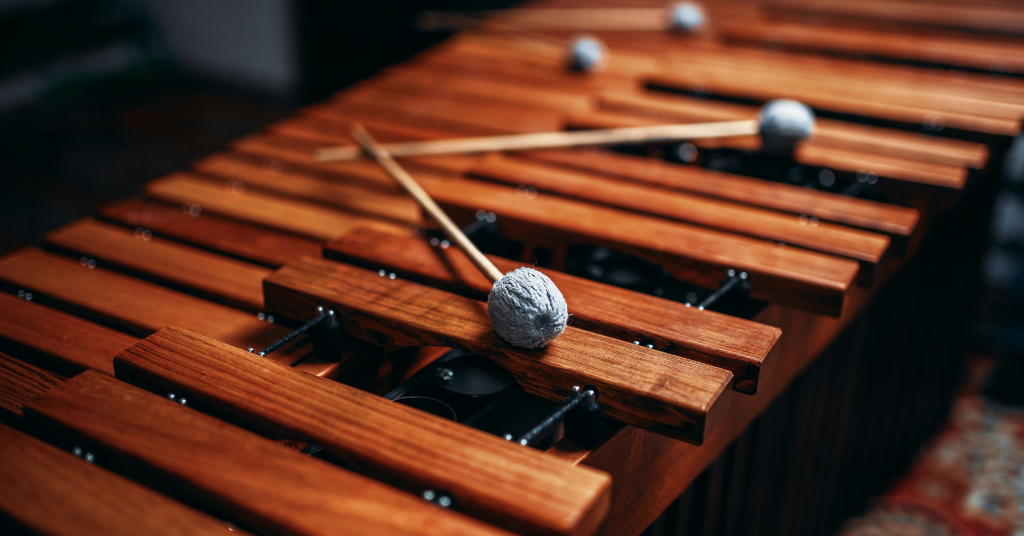
Xylophone’s origin can be traced back to Africa and Asia, and it is a Greek word that means “ wood sound”. The modern xylophone resembles a piano as it has wooden bars and keys arranged in a sequential manner just like the keys of the piano, which the musician hits with the help of a mallet. The musicians are already aware of the different ways of changing the quality of the pitch by using different types of mallets and hitting them against the wooden bars in different ways. At the bottom of the xylophone, there are metal tubes attached they are known as resonators, it is a place where the sound vibrates. A resonator is responsible for giving the xylophone a bell-like sound.
3. Cymbals
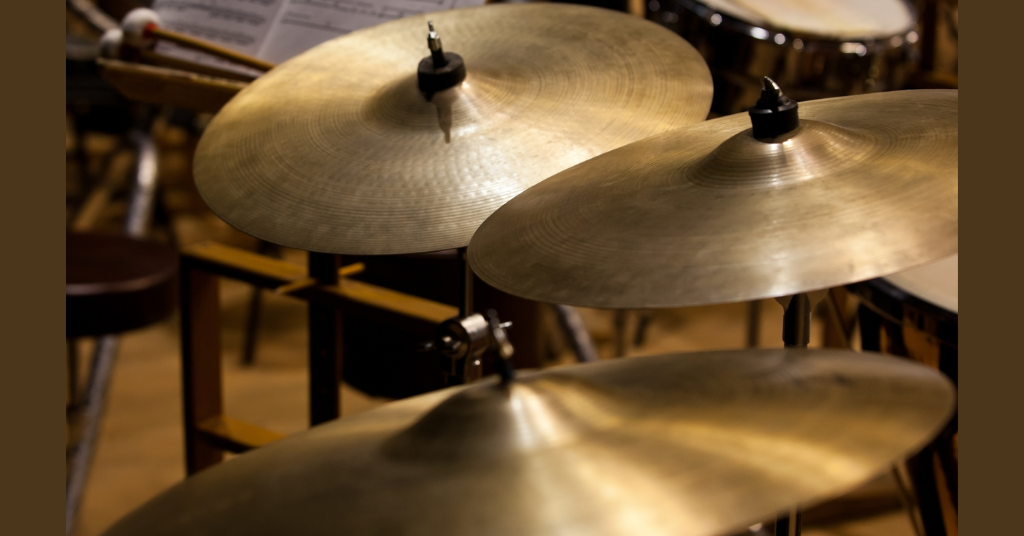
The cymbals are the biggest noisemakers in an orchestra. Cymbals are 2 large metal discs, that are made of spun bronze. Even cymbals are the untuned members of the percussion family, and they come in a range of different sizes, that is from small to very large. Always remember, that the larger the cymbal, the lower the sound they make. You can use cymbals for different occasions such as a drama to create excitement, accent rhythm, and create delicate but sweet sound effects.
4. Triangle
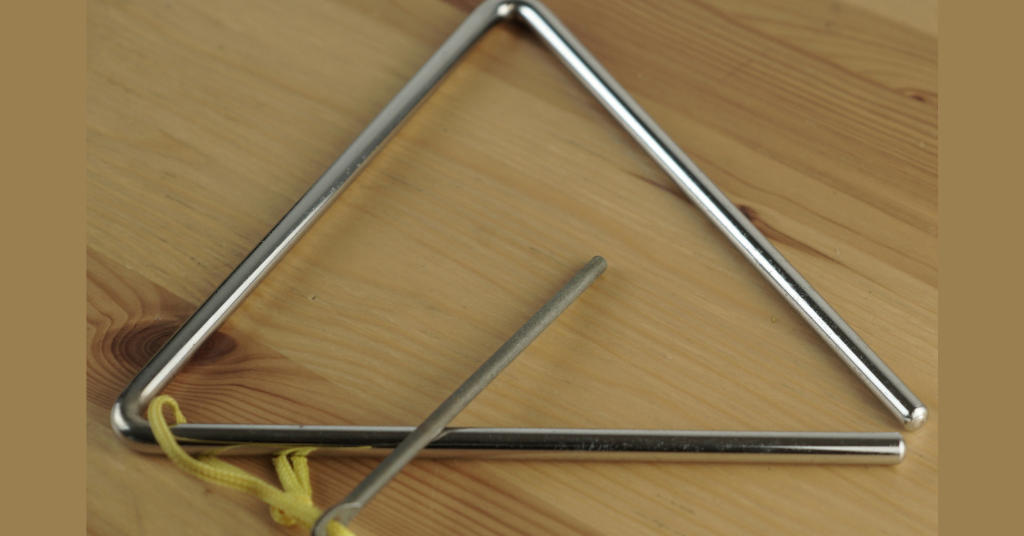
We believe that almost everyone has played a triangle at some point in their life. A triangle is known for producing some really good percussion sounds. Furthermore, a triangle is nothing but a small metal bar that is bent into the shape of a triangle and makes a sweet ringing sound when you hit it. Just like the cymbals, even a triangle comes in different sizes and each size creates a different pitch when hit. Triangle can be easily played when it is held on a string and struck hard with a metal beater.
5. Snare Drum
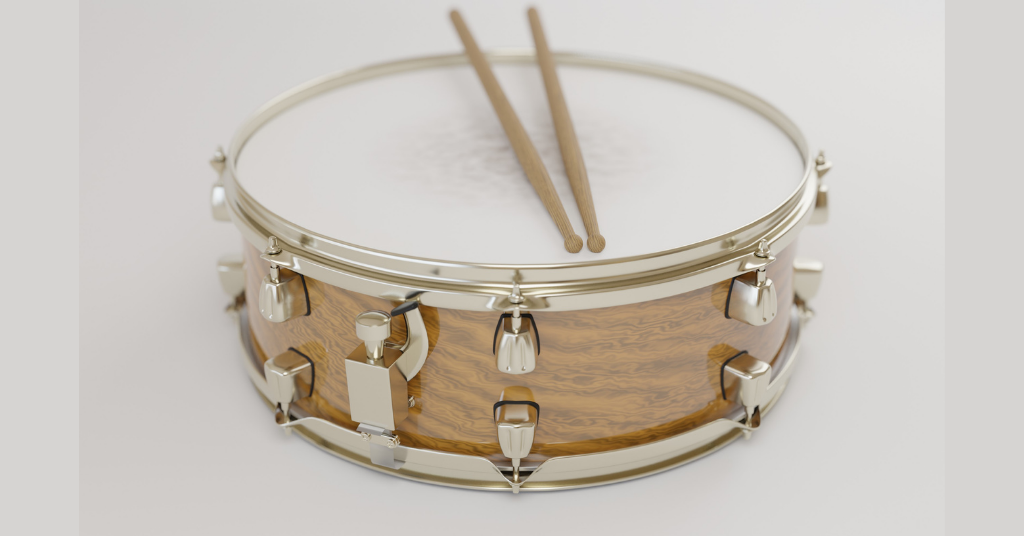
A snare drum is a very smallish drum that is made with the help of wood or brass and the drumheads are made of plastic that is stretched over the ends of a hollow cylinder. The snare drum is an untuned drum, so it does not produce distinct pitches. Snare drums are often used in military music and are also a central part of the marching band. The snare drums are also used for keeping the rhythm intact, and for making special sounds, such as drumrolls. Snare drums can be easily played by hitting the top surface with drumsticks.
6. Bass Drum
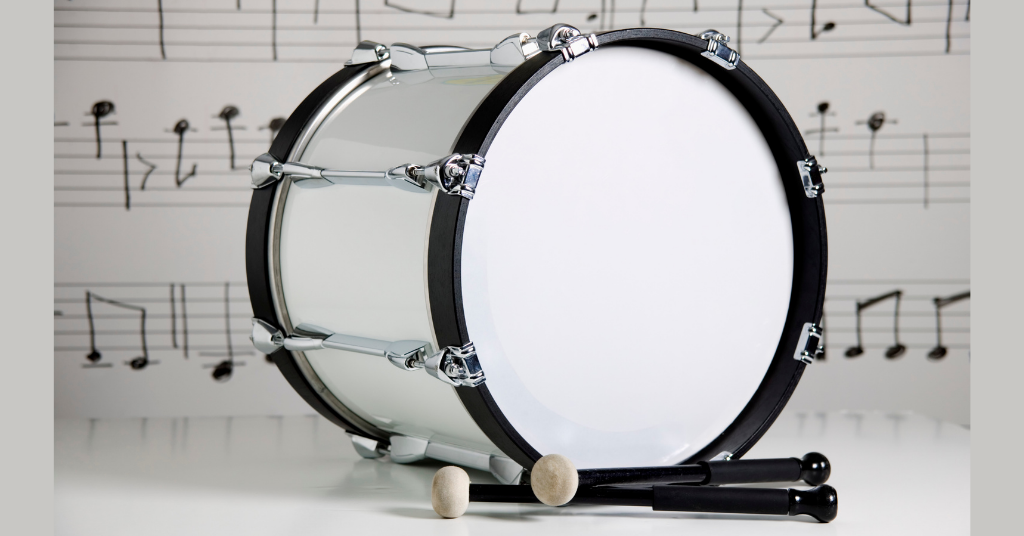
The bass drum is one of the biggest instruments of the percussion family of instruments and it makes the lowest sounds. The foundation of the bass drum is laid on a very large snare drum and it is also an untuned instrument. A bass drum can be played by hitting the drumhead with sticks. A bass drum can produce different sound effects ranging from roaring thunder to very soft whispers.
7. Tambourine
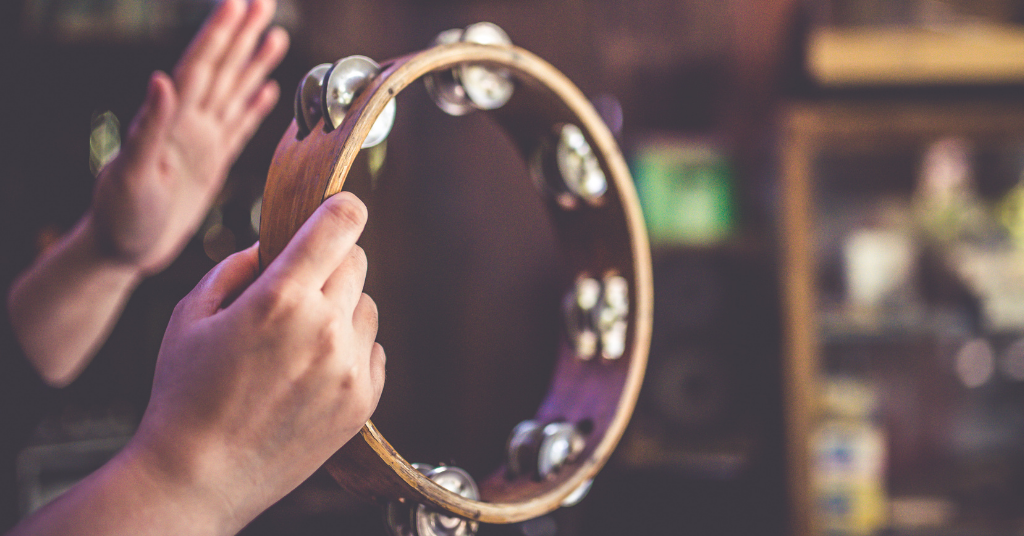
A tambourine is one of the unique instruments of the percussion family instruments. It is a small instrument and has metal jingles attached to its edges. Did you know that both the drumhead and the jingles are untuned?
8. Maracas
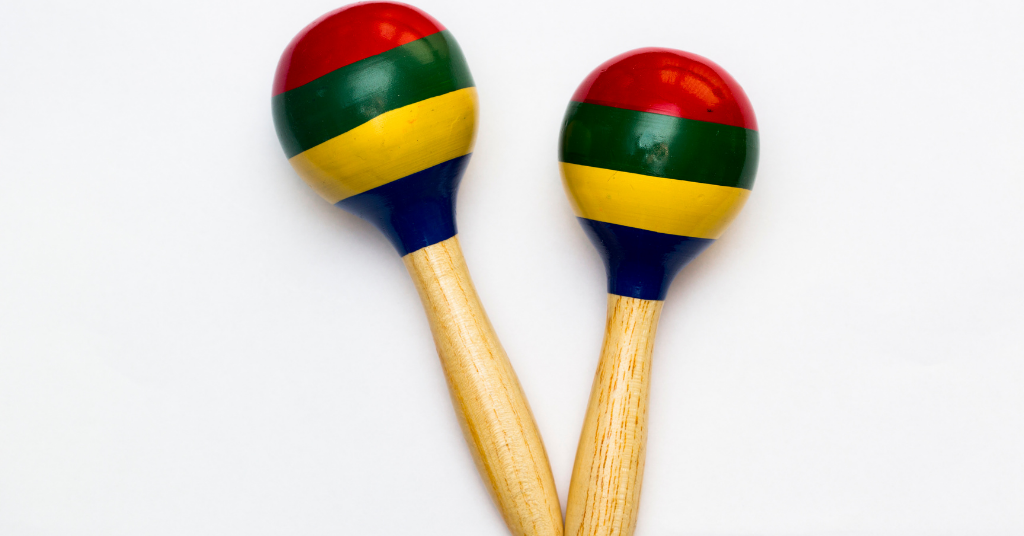
The roots of Marcas can be traced back to Mexico City. Maracas can be defined as rattles, that are made of gourds, filled with dried seeds, and sometimes even tiny ball bearings. Maracas can be made of both wood and plastic. To play the maracas, you have to hold them in your hands and shake them properly.
9. Gong
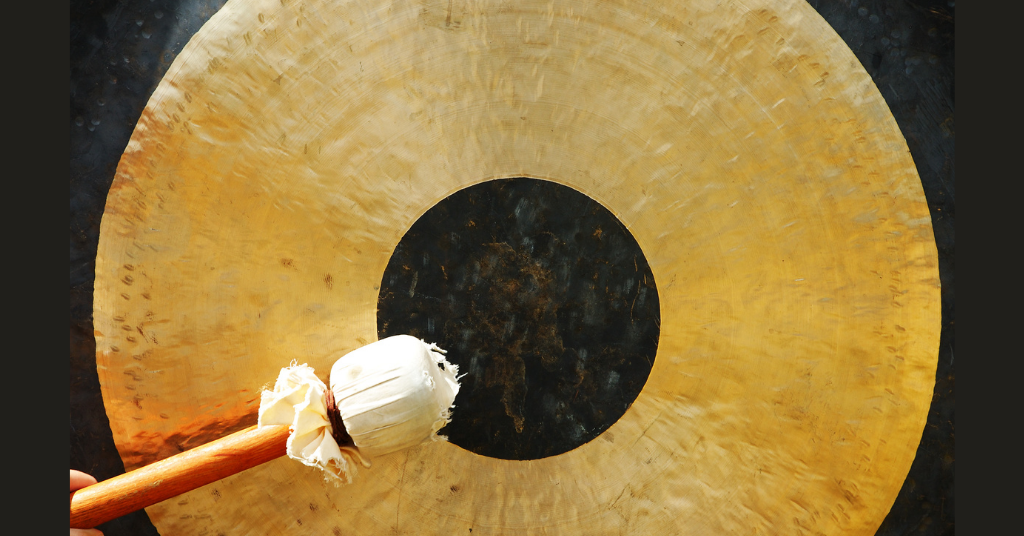
A gong is also known as the tam-tam, and it is a very large flat metal plate that hangs in a suspended position from a metal pipe. A gong resembles a cymbal and this is also an untuned instrument. It has a much larger and raised center. The gong can be played by hitting the center with a soft mallet.
10. Chimes

When introducing your kids to the melodious world of orchestra and percussion sounds, don’t miss out on the chimes. The metal tubes of different lengths are hung from a single metal frame. You gave to strike the tubes with a mallet, and they will sound exactly like the ringing bells of a church. Each chime produces a different pitch.
11. Castanets
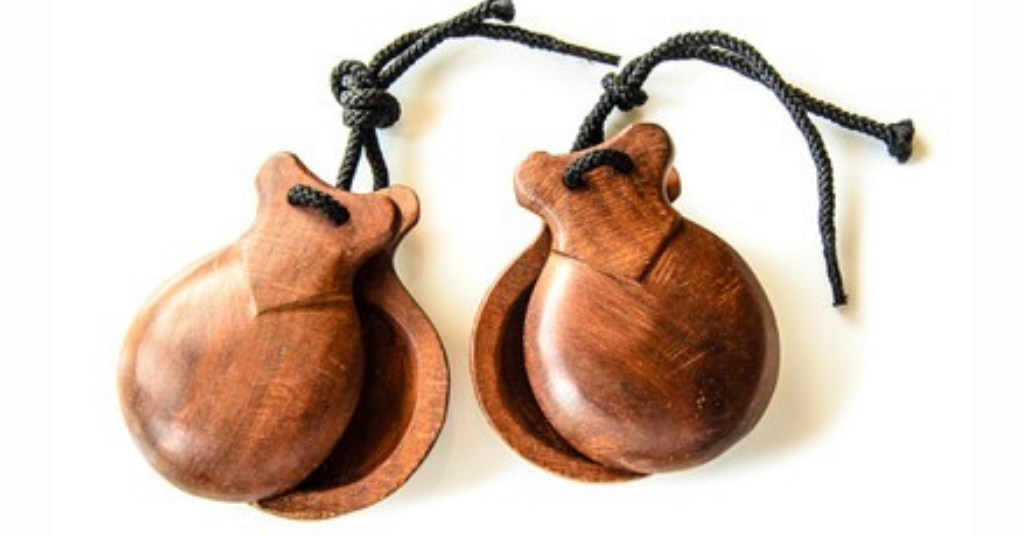
Castanets are wooden instruments and you can easily find them in Spain. They are used for producing music with a distinctive clack. The castanets are made with the help of 2 wooden pieces tied together. To play them, you are supposed to hold the pieces together so that the 2 pieces of wood click together.
12. Celesta
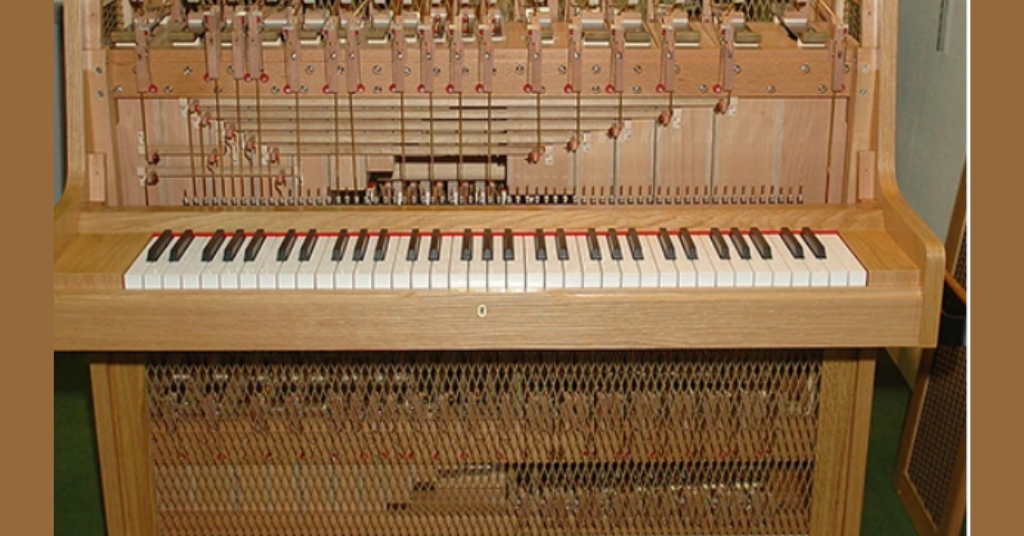
A celesta resembles a tiny upright piano and it sounds like the glockenspiel. It comes with a keyboard of 49-65 keys. You can make the sound on a celesta simply by pressing on a key with the help of your finger. As a musician, you can play many tunes at once using a celesta with both your hands.
Related Article: 7 Best Musical Instruments For Kids To Learn
Final Words
These are the 12 key percussion instruments that you should make your kids familiar with. All the 12 mentioned instruments have a specific role to play in an orchestra. If your child has a niche for music, you can enroll them in an online music class. If you are also looking for a suitable music class for your child, then you must explore the official website of PiggyRide. They offer a comprehensive range of online music courses for your little musicians. With well-experienced instructors, you can provide a great online learning environment to your child. So, don’t wait and enroll today and book your slot!


Leave a Reply